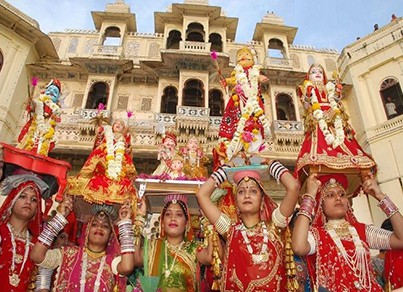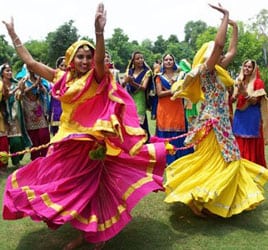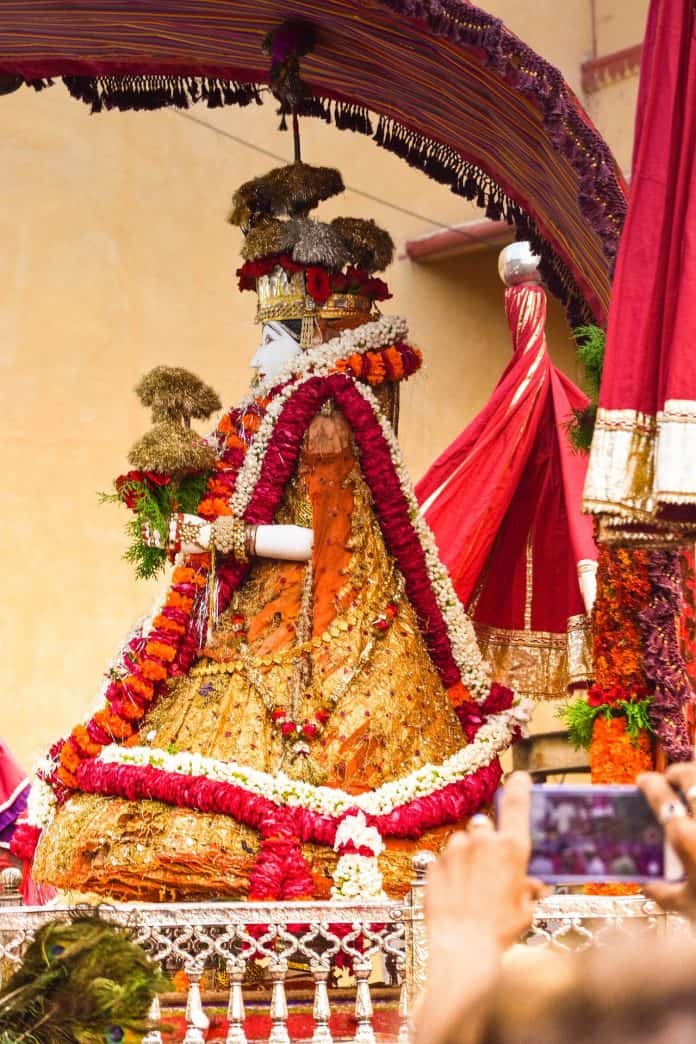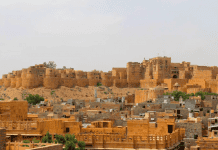With the advent of the Shravan of the Hindu lunar calendar, a number of people in the northern states of India and parts of Nepal gear up for Teej. Also known as Hariyali Teej, the festival marks the bounty of hariyali or greenery that the monsoon bestows upon the land.
This festival occurs on the third day of the Shravan month and commemorates the wedding ceremony of Goddess Parvati and Lord Shiva. It is believed that as a result of long, severe penance and 108 incarnations, Goddess Parvati is united with her consort, Lord Shiva. It is believed that this is an auspicious time for women to seek the blessings of Goddess Parvati for a happy and healthy married life. As an ode to the penance performed by Goddess Parvati, the women celebrate Teej by fasting through the day to seek the blessing of well-being for their respective husbands.

Teej is celebrated with much pomp in the states of Punjab, Haryana, and Rajasthan. Special arrangements are made for this day and cultural programs are held in different parts of the states to celebrate the day. The women are presented with gifts by their families as an expression of affection. Being a festival that also celebrates monsoon, Teej is celebrated among the women with folk songs and folk dance that express the joy coming to their paternal homes besides praying for the longevity of their partners. Women apply henna on their hands and feet in elaborate designs and dress up in their finery.
While the essence of the festival remains the same everywhere, there are some traditions that vary from one place to another. In Haryana, it is observed as an official holiday. The mother sends a thaali with gifts to the daughter – including food and other articles – which the daughter then uses for the worship of the idol of Goddess Parvati that has been installed for the purpose of this festival.

This festival is known as Teeyan in Punjab and marks the celebration of Monsoon by women of all faiths. The lunar month is also known as Saawan as per the Punjabi lunar calendar and features in a number of the folk songs that are sung during this time. Performing the Gidda, a traditional form of Punjabi dance, and riding on swings are the most popular activities of the festival. In Jaipur, a procession of the Teej idol, covered in a canopy, is taken out for two days.

















